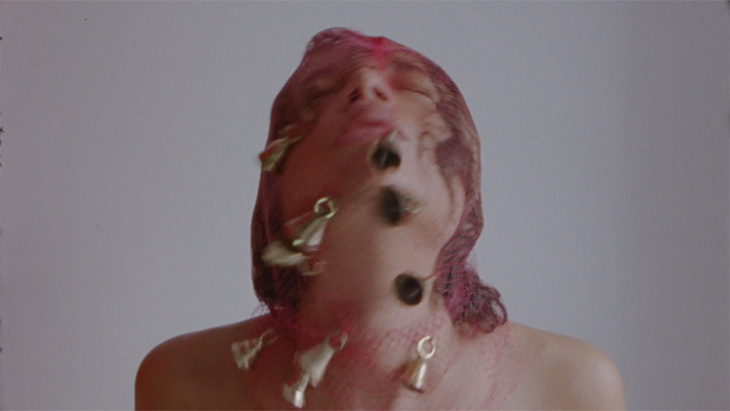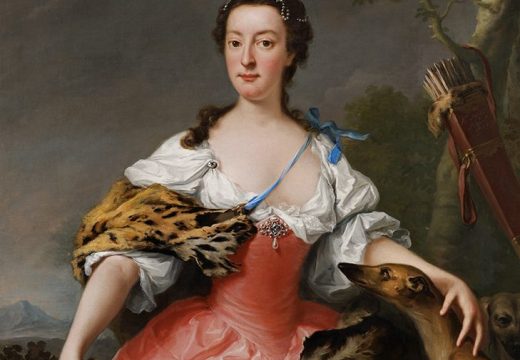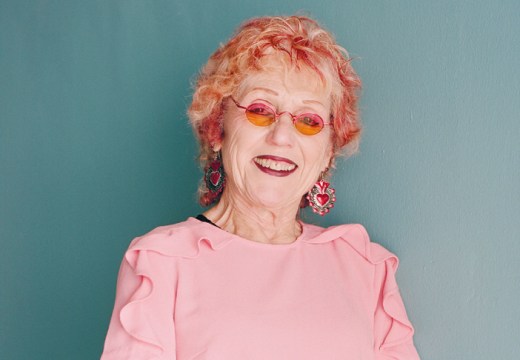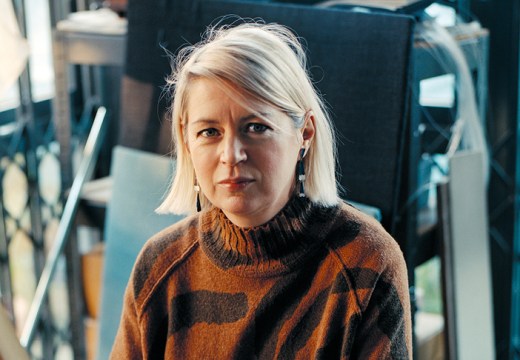Nearly three decades ago the Guerrilla Girls published their first collection of posters bearing slogans and statistics about the discrimination against women and artists of colour in galleries and museums in New York. ‘Working without the pressure of success’ and ‘having an escape from the art world in your 4 free-lance jobs’ are among the ‘advantages of being a woman artist’ listed on one of the posters.
Since then, reports on gender disparities in the art world have made for depressingly repetitive reading. Last year the Freelands Foundation published its second annual report about the representation of women artists – across the education sector, museum programmes, auction sales and commercial galleries – in the UK. Taking representation in the sense of being on the roster of a commercial gallery, it found that ‘women continue to be excluded from the mainstream commercial art market’ in particular. The percentage of women represented by galleries in London in 2017 – just 28 per cent – had actually fallen, albeit very slightly, since the year before.
Speaking at the Talking Galleries symposium this January, the art-world economist Clare McAndrew summarised part of her upcoming report for Art Basel and UBS: the higher up the ladder, in terms both of artists and galleries, the greater the gap between genders. Of the artists represented by a single gallery worldwide, 35 per cent are women; when you enter the realm of blue-chip, multi-gallery representation (nine or ten, apparently), this sinks to 10 per cent.

Mother Tongue, Mother Master (video still; 2018), Phoebe Collings-James Courtesy the artist and Arcadia Missa
A central reason for the continued dominance of male names on the rosters of the biggest galleries is that, on average, work by women artists is cheaper. Rózsa Farkas, founding director of the small project space-turned-gallery Arcadia Missa in London, says: ‘At my level of gallery, you are never going to make lots of money – you prioritise the content of the programme over business. The artwork and the belief in the artists is the reason why we became galleries. If more blue chip galleries followed suit that would create a much bigger impact than what us smaller spaces can do.’ (More than three quarters of Arcadia Missa’s artists are female or non-binary.)
Niamh Coghlan, sales director at Richard Saltoun Gallery, which has a fifty-fifty gender split on its artist roster, agrees: ‘The price points for women artists are lower but we can change that and I think the best way to change that is to have more people actively collecting their work. That’s ultimately what we realised: we were doing the same thing as everyone else, lip service, and we needed to be more proactive.’ Hence the gallery’s decision this year to launch its ‘100% Women’ programme, which will see all of its exhibitions and displays – both on-site and at art fairs – devoted to women artists, whether represented by the gallery or not.

Study for a Divertissement: Diana with crinoline and pointe shoes II (1973), Rose English. Installation view of ‘Rose English: Form, Feminisms, Femininities’ at Richard Saltoun Gallery, London, 2019. Courtesy Richard Saltoun Gallery; © the artist
Exhibition programmes play a somewhat opaque role in the world of commercial galleries, hovering between showroom for collectors, branding exercise and public service. Farkas points out, ‘Just being included [in exhibitions] doesn’t necessarily mean being included, it can for many people mean being fetishised front of house but not let past the gatekeepers.’ But for Coghlan, ‘You need to expose these artists to a wider network of people – to future collectors as well as future curators, future journalists.’ The notion of future collectors and a correspondingly evolving market seems particularly promising. There can be no doubt that with more research, more press coverage, more institutional attention, the price of work by women artists will rise.
It is not always just a question of finding more women to balance the male names on a gallery roster; it’s also about raising awareness and understanding of the kinds of art that have been less appealing to collectors. Many feminist artists adopted forms such as video and performance that can be difficult to collect, or created images that intentionally fly in the face of ‘good taste’. Think of Judy Chicago’s overtly kitsch installation The Dinner Party (1974–79), produced in collaboration with some 400 participants. The work consists of a large triangular table, at which 39 places are set, each for a real or mythic woman, from Elizabeth I to Emily Dickinson – a different kind of representation. It was later purchased by Elizabeth A. Sackler, who donated it to the Brooklyn Museum in 2002, where it is on permanent display in a dedicated centre for feminist art.
Unlimited access from just $16 every 3 months
Subscribe to get unlimited and exclusive access to the top art stories, interviews and exhibition reviews.














![Masterpiece [Re]discovery 2022. Photo: Ben Fisher Photography, courtesy of Masterpiece London](http://www.apollo-magazine.com/wp-content/uploads/2022/07/MPL2022_4263.jpg)
Has the Fitzwilliam lost the hang of things?